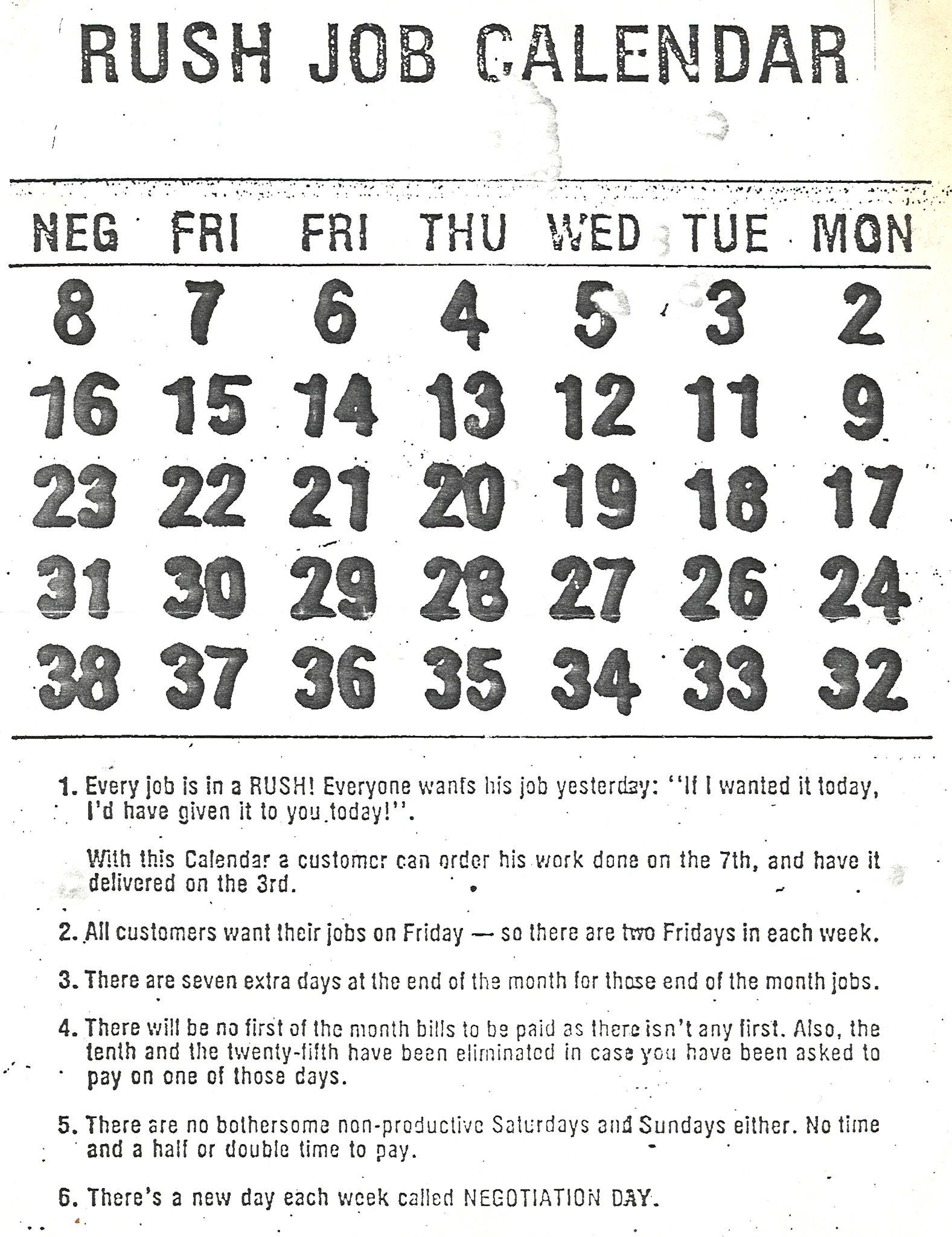 Over the past year, Now & Next has covered communications topics such as social media, e-mail campaign management, and annual reports. Technology supports these efforts, but it can only work well with an integrated strategy. Nonprofits need a content calendar, the right staffing support (paid or volunteer), and the right tools to make it all sing.
Over the past year, Now & Next has covered communications topics such as social media, e-mail campaign management, and annual reports. Technology supports these efforts, but it can only work well with an integrated strategy. Nonprofits need a content calendar, the right staffing support (paid or volunteer), and the right tools to make it all sing.
A well-executed communications plan will look to annual cycles. Some things, like the annual report, are obvious and easily lend themselves to planning far enough in advance to leverage content, public relations, media relations and supporters to maximum effect for the message. Other nonprofit cycles can also benefit from a confluence of urgency and effort, but those cycles are often treated as if they are brand new every year. Does your nonprofit do advocacy work? There’s probably a pretty well known date for your legislature convening and your lobby day. Does your group do an annual gala? Plan the rest of your communications work cycle around supporting the themes of the event leading up to key deadlines, like tickets going on sale. Are you attending national conferences this year? Plan a new white paper to be timed with that event.
Not every nonprofit will nail the content calendar the first time out of the gate. Inevitably, there are things that should have been publicized and shared weeks in advance that just didn’t get on the radar until too late. That is why your support tools have to be living, adapting documents – so the moment someone in a staff meeting says, “We should have started this two weeks ago,” the content calendar for your next year gets an update. The master content calendar can be as simple as an Excel spreadsheet, as long as each of the objectives gets tied to any other workflow management tool the organization may be using to manage staff time and effort.
As you build your calendar, remember to plan for the ability to retain some spontaneity. Your messaging approach to scheduled events should always be fresh to engage your supporters, but more than that, you need some time to take advantage of unplanned opportunities. If the local paper runs an opinions piece damaging to your cause, you don’t want the whole calendar set back because you need some staff time to respond. A little built-in flexibility will ensure you can handle the occasional crisis/opportunity and keep the regular workflow moving.
Content calendars should include their evaluation metrics when they are built, but that doesn’t mean those metrics will be static. Just as you will learn to adjust the timing of calendar items after years of practice, so too can you expect shifts in what your content publishing can accomplish. If your first metric for a new piece of content – say, a blog post helping people understand why a program is being launched or eliminated – is a goal of attaining 1,000 unique views, it isn’t necessarily a failure if it only gets 400. It may well be that nothing your nonprofit does actually gets more than 400 unique views. In that case, 400 views is hitting it out of the ballpark for the first year. The goals have to be realistic and then set on a path of appropriate growth. In the example here, if the nonprofit insists that everything gets 1,000 unique views or it is a failure, then it really should stop publishing the blog completely if it typically can only muster 400 views. If, on the other hand, a blog post with a unique tracking link shows 75 new registrants for your workshop, does it matter if only 400 people viewed it?
A content calendar has to assign responsibility for the creation of communications work, enough time for revision and publicity, and measures to evaluate whether it has accomplished something for the organization. Some items on your calendar may be placed where they are just because that is the only place they will fit, and others may have to wait some extra time for maximum impact. Over-communicating (which often occurs when everything is viewed as equally important) will result in your hard-won supporters unsubscribing from the noise. The calendar can help smooth the workflow, take best advantage of your people power, and respect your supporters’ time and attention.
Originally published at Nonprofit Quarterly.
